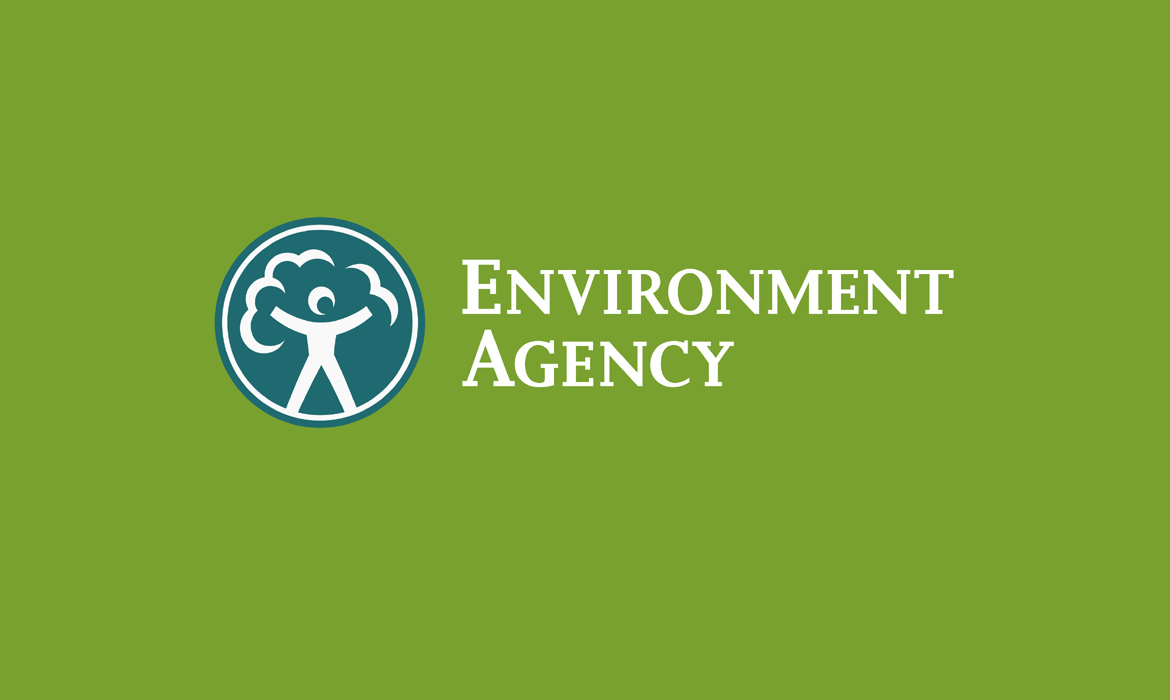
The Environment Agency have been busy this February publishing updated guidance
Updated EA Guidance – RPS 208 regarding waste carrier, broker and dealer registration renewals (9th Feb 2018): due to the current online registration system not allowing customers who have registered since March 2015 to renew online the EA have provided an RPS so that such organisations / individual can remain compliant. Affected parties will have their current registration extended by 3 months (at no extra cost) meaning you will not need to renew until the upgraded online registration system is ready (planned for April 2018). This will be made visible on the public registers. Be warned though that if you don’t re-register during the extension period the EA will take enforcement action once the grace period ends!
Hazardous Waste Consignment Updates (8th Feb 2018): A few updates have been made but the main change relates to businesses previously benefitting from RPS 25 which ceased to apply when premises notification was removed in 2015. RPS 25 provided an exemption from the need to complete hazardous waste consignment notes and consignee returns (as well as premises notification) for waste collections / movements from certain specified locations. Since the 2015 changes the situation for such locations has been less clear but now the EA have confirmed interim requirements whilst they develop a new tracking system.
This new position allows engineers to move small quantities of waste from minor works, at diffuse locations not associated with other premises, back to base. Diffuse network infrastructure includes: street lighting; telephone poles, public phone boxes, street cabinets and connecting cables (excludes exchanges and other defined premises); electricity pylons, pole mounted transformers and connecting cables (excludes substations and other defined premises); gas, water and sewerage pipelines (excludes pumping stations and other defined premises); public roads (includes road maintenance and roadside commercial vehicle breakdown services); railway track (excludes stations and other defined premises); waterways (includes coastlines, canals and rivers but excludes ships, ports and other defined premises).
Consignment Note
You may use a summary consignment note to move waste you have produced in multiple locations if you meet all of the following conditions: you are the producer of the waste; produce only one consignment of hazardous waste in that place; use your vehicle to move your waste so you are the producer, carrier and consignor; deliver all the waste to the same destination at the same time; you only remove the waste from the place where it was produced (the first movement of the waste); you only use it for waste produced by a single work unit, such as a service engineer.
If you receive waste on a summary consignment note, you do not need to send a consignee return if: you are the waste producer or network operator; and receive waste only for temporary storage prior to recovery or disposal elsewhere.
Temporary dewatering from excavations to surface water (7th Feb 2018): Usually, if you discharge liquid / waste water into surface water you will require an environmental permit. However, the EA have provided guidance and a permit will not be required if the discharge is a short term, temporary discharge of uncontaminated water which is wholly or mainly rainwater, from an excavation to surface water (such as pumping water out of excavations on a building site).
Your discharge must not cause / result in any pollution of / harm / damage to the environment and will also need to comply with several conditions regarding the discharge:
1. Must be clean water, for example clear rainwater or infiltrated groundwater which has collected in the bottom of temporary excavations. 2. Must not result in water containing fine or coarse suspended solids (silty water) entering surface water. 3. Must not last more than 3 consecutive months (the activity may stop and restart but the clock does not restart) – if the activity is likely to go over 3 consecutive months then you need to apply for a permit. 4. Must be made to surface water, such as a river, stream or the sea. 5. Must have a method statement that minimises the risk of pollution.

